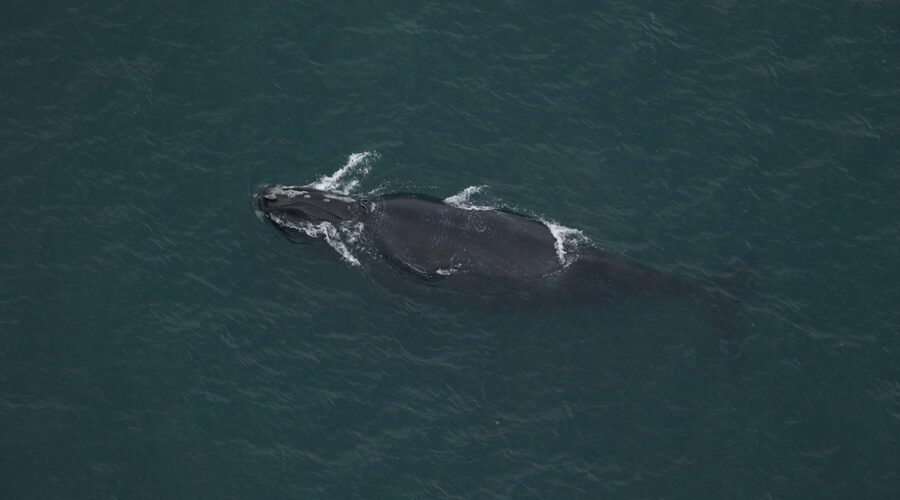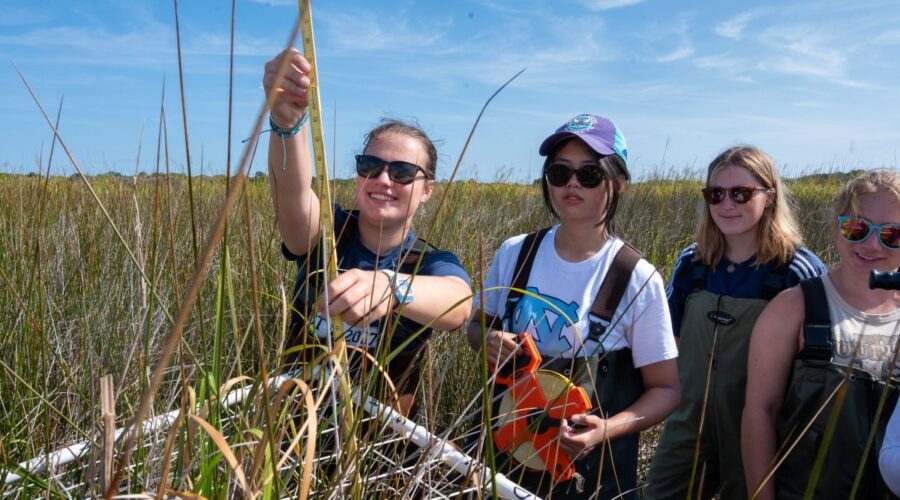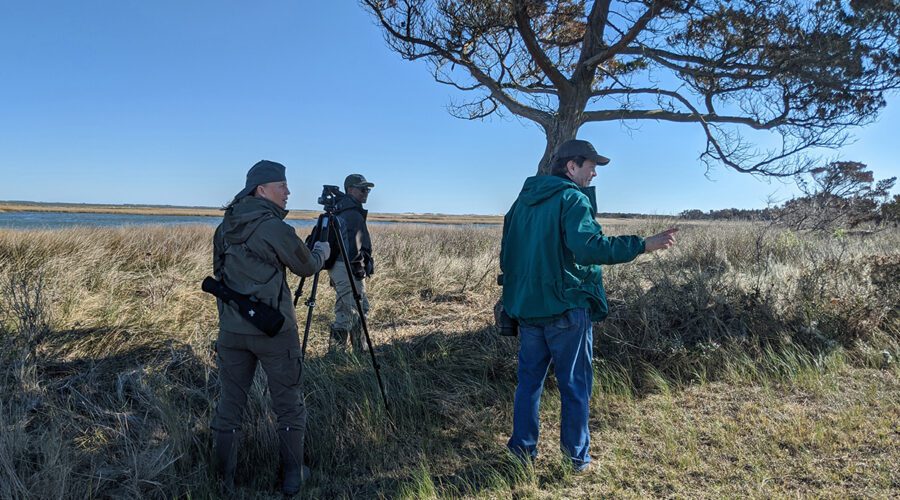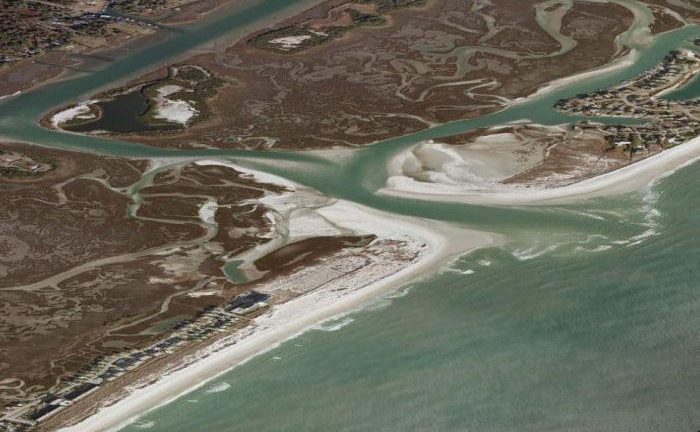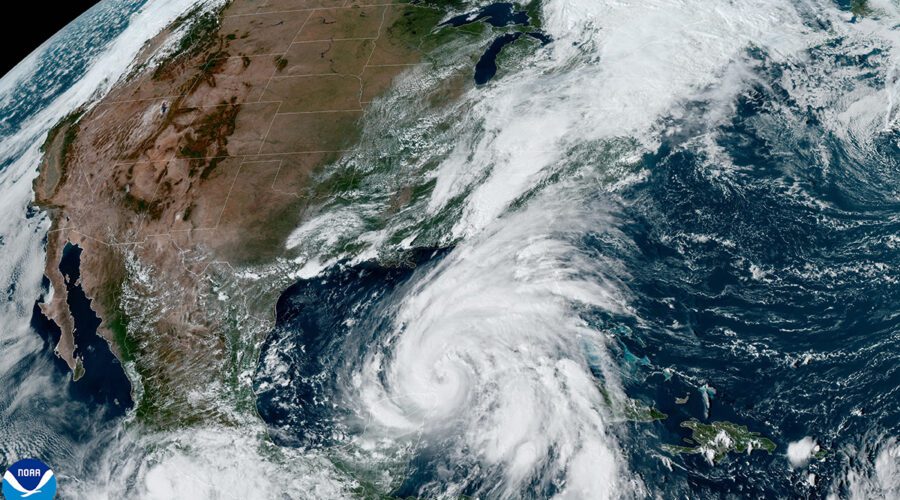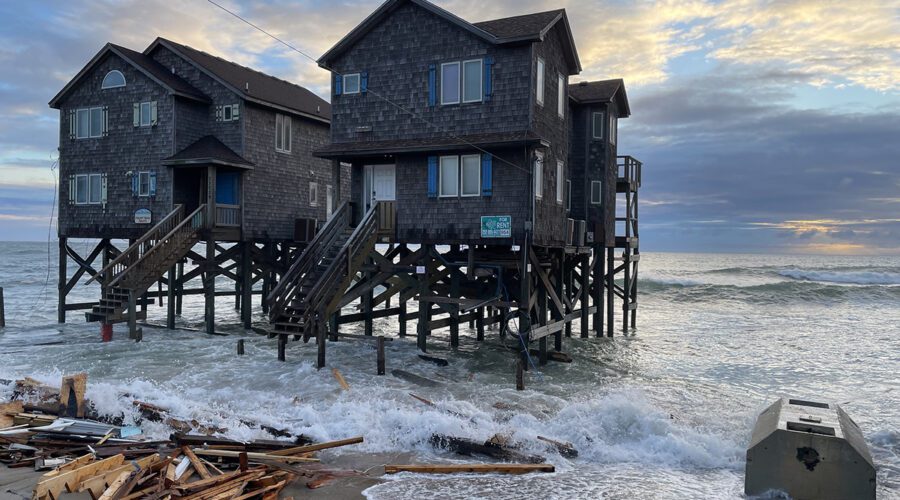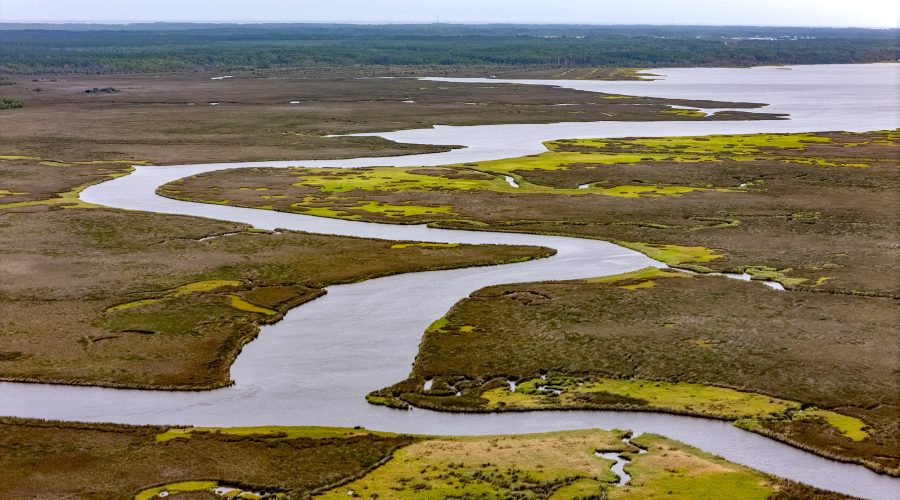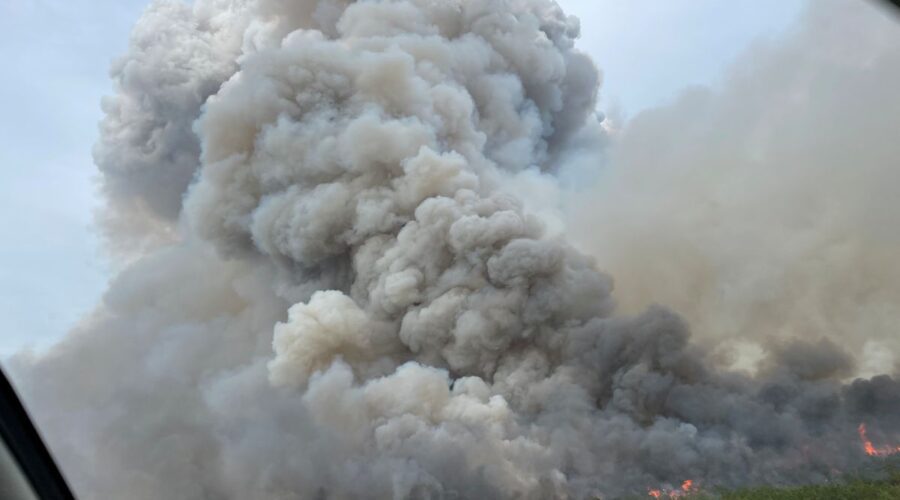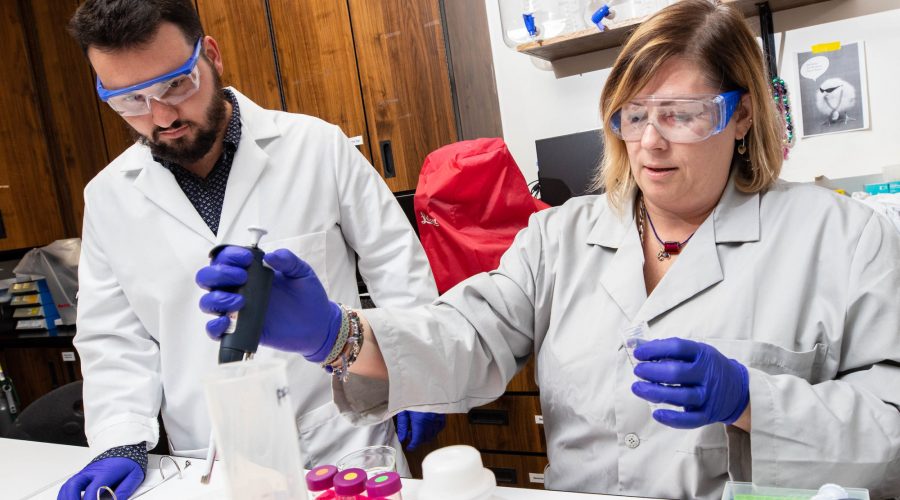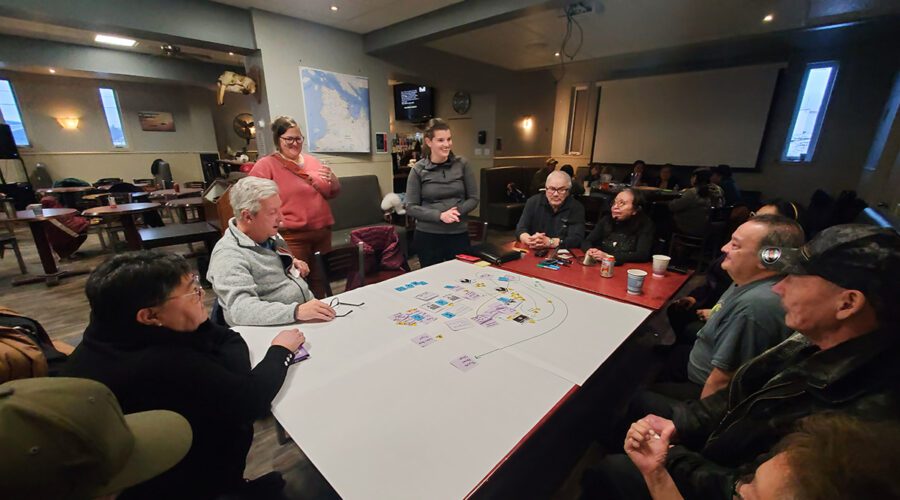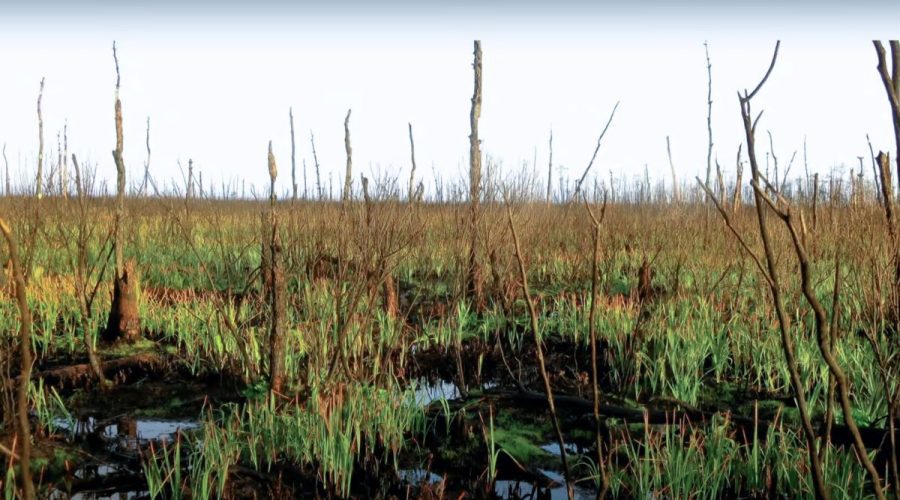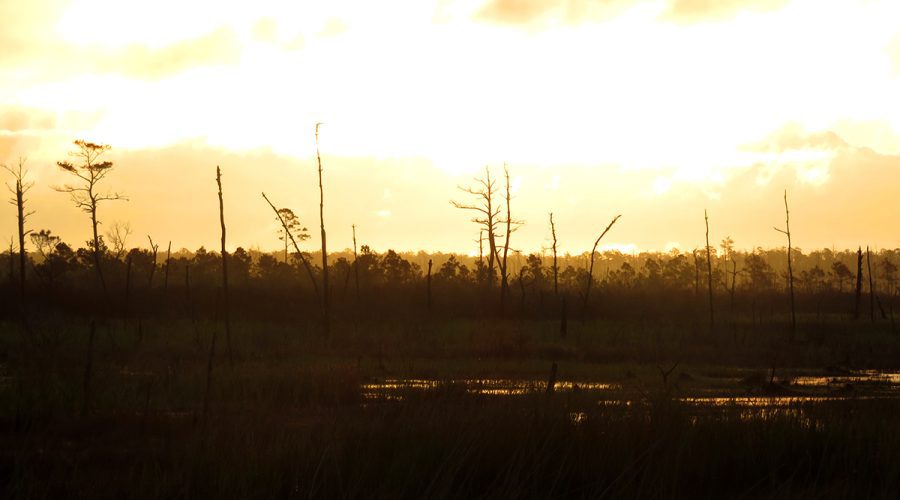The N.C. Department of Environmental Quality will accept comments through February 2025 on a proposed rule revision that would adopt federal limits of certain PFAS in drinking water provided by public utilities.
science
Teams take to sky to survey North Atlantic right whales
Small survey teams will again this year collect information and aerial imagery off the North Carolina and South Carolina coasts on North Atlantic right whales during calving season.
Undergrads to present Currituck Sound research findings
The UNC Chapel Hill students will present during the Dec. 12 “Science on the Sound” lecture series at Coastal Studies Institute their research on the Currituck Sound.
Best way to bid farewell 2024? Count birds on Outer Banks
Hardy birders, volunteers, aspiring community scientists, photographers and others will soon have their chance to count birds on Ocracoke and Portsmouth islands to improve understanding of bird life trends that have implications for all.
Dan Spinella replicates Hatteras lens parts piece by piece
The owner of Artworks Florida Classic Fresnel Lenses has been busy reproducing the 1,008 prisms and hundreds of other mechanisms and components as part of the project to restore the Cape Hatteras Lighthouse.
Coastal Science Panel continues review of inlet areas
The science panel that advises the state Coastal Resources Commission meets Dec. 5 for ongoing discussions of inlet erosion and accretion rates.
Warming oceans intensified hurricanes’ strength: Studies
Human-caused climate change has pumped up peak, pre-landfall Atlantic hurricane wind speeds by an average of 13 to 18 mph in recent years, according to the authors of two companion research papers published Wednesday.
The dirt on pH: No chemistry PhD required for gardening
Knowing your soil’s alkalinity and the conditions your desired plants need can help yield better results.
Science panel applies 2022 sea level report projections to NC
The Coastal Resources Commission’s science panel has released its “North Carolina 2024 Sea Level Rise Science Update” that applies the findings of a 2022 federal-level sea level rise technical report to North Carolina.
10K grant available for water resources research project
North Carolina Water Resources Research Institute and North Carolina Sea Grant are accepting proposals for the $10,000 Mountains to Sea Graduate Research Fellowship until 5 p.m. Dec. 16.
Ever-worsening wildfire threat burns closer to cities, towns
Longer, dryer droughts, warmer seasons year-round — the outlook for wildfires is increasingly grim as the state rapidly grows with already more acreage considered wildland-urban interface than any other state.
Maps may yield clearest clues to ‘nation’s oldest mystery’
Archaeologist Eric Klingelhofer of the First Colony Foundation says a review of historic maps indicates that the Croatan tribe who had befriended the Roanoke colonists did not live year-round on Hatteras Island, so the missing English settlers likely just crossed the sound.
Paid guides needed this weekend to help run GenX clinic
North Carolina State University is looking for people to assist sampling participants Friday, Saturday and Sunday in Wilmington, a job that pays $12 an hour with no experience required.
Samantha Farquhar finds trust a must in fishing research
Studying the intersects of food security, industrial fisheries and climate change, the doctoral researcher has learned that no matter whether its Nepal, Madagascar, Greenland or Wanchese, building relationships is the first step.
Researcher tracks how species adapt to climate change
UNC’s Dr. Paul Taillie says that while there’s reason for concern about the environment, he does not share the anxiety others have, rather, “I tend to be very optimistic about things.”
Institute’s September lecturer to address climate anxiety
Dr. Paul Taillie of the UNC Department of Geography and Environment, September’s featured “Science on the Sound” speaker at the Coastal Studies Institute, says resilience presents conservation opportunity.


